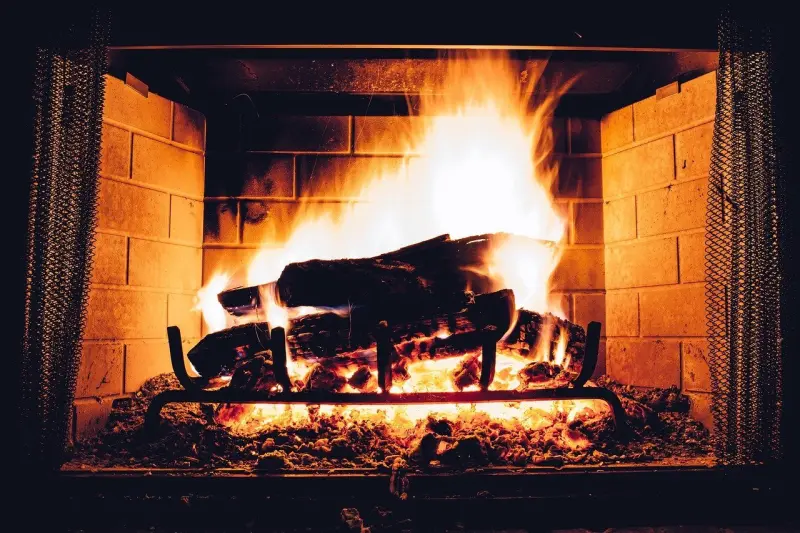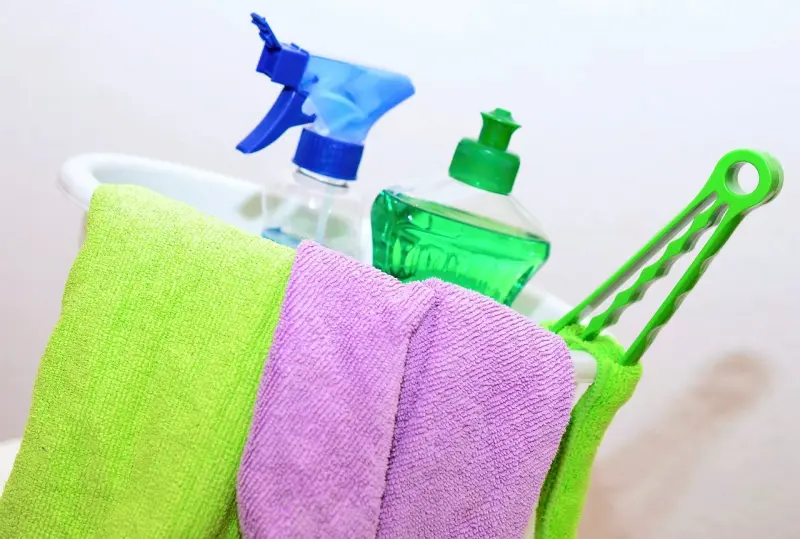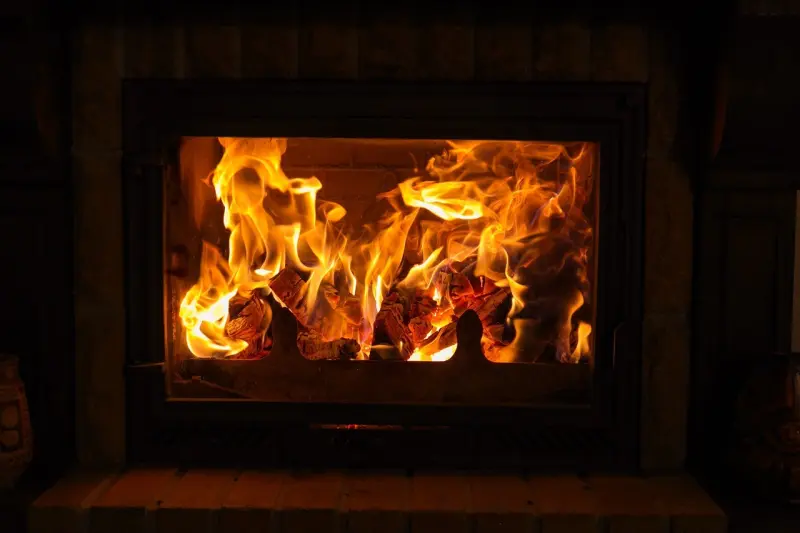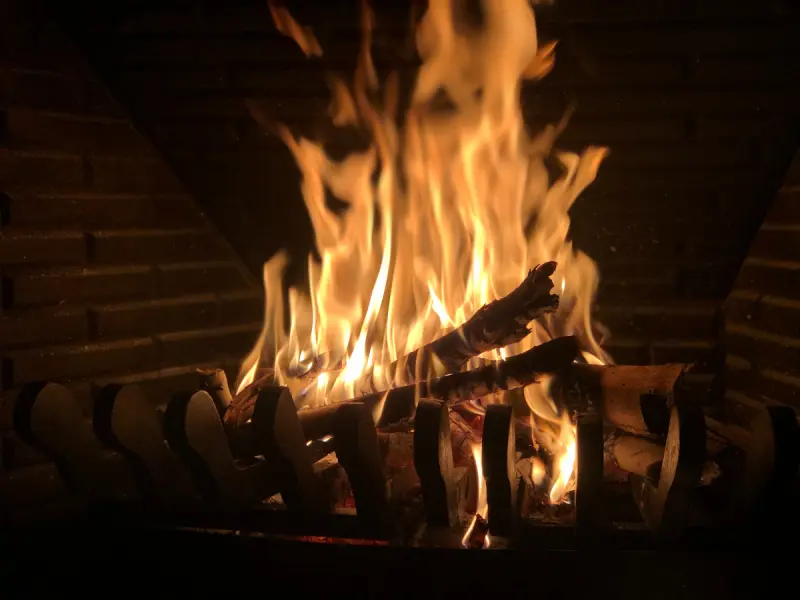This beginners guide to fireplace restoration will help you understand what is involved in the restoration process. Find out where to start with a fireplace restoration.
Fireplace Restoration
Historical trends in interior home design always come back around. Notably, many homeowners decided to cover up or rip out any remnants of the previously favoured Victorian designs and features to modernise their homes in the post-war era.
However, in more recent years, we have seen a greater interest in restoring these previously hated features, with homeowners spending fortunes to restore old ceilings, glasswork, doors and existing fireplaces.
At the same time that people were reverting their homes to their previous glory, homeowners were also turning away from traditional period fireplaces as a source of heat. It seemed like the most sensible option with more advanced central heating systems or gas fires available.
However, open fires in fireplaces are not just a source of heat for your home. Traditional Victorian fireplaces are a centrepiece for most living rooms, beautifully designed hearths to be a place for families and friends to gather.
It is understandable then that homeowners are choosing to restore their old fireplaces, with beautifully tiled surrounds and mantelpieces becoming a key design focus for their interiors.

For the lucky few, their traditional fireplaces will have been simply boarded up or covered over with plaster or paper. In this case, restoring the fireplace will be an easy task, removing the cover of the exposed brickwork and masonry behind.
However, there will be instances where fireplaces are entirely bricked up behind walls, and the chimney breasts or flues and flue liners are removed. If you plan on making any structural alterations to refit or restore your fireplace, you will need to ensure they meet all necessary building regulations.
Given that you may have to undertake some structural renovation if your fireplace is without a chimney or other essential elements, it is often best to have a professional fireplace restoration company look at it first before you start doing any work.
This way, you can better understand the level of work required to renovate the fireplace fully. Professional restorers are also the best people to ask for advice regarding your fireplace.

Where To Start With A Fireplace Restoration
Here we have detailed a few places where you can start when renovating a fireplace. This is a general guide to DIY restoration and if you are unsure of what to do with your fireplace, always seek the help of a professional.
Different style fireplaces and different materials require different treatments and processes to give them a new life, so this section will help you make the right decisions from the start.
The initial idea behind cast iron fireplaces was that they were durable enough to withstand whatever was thrown at them whilst offering beautiful decoration for your fireplace.
Therefore, they should be perfectly fine so long as they are properly cared for and not left out in the rain to rust. If your cast iron fireplace needs a bit of T.L.C., there is a later section on just this issue.
Marble is a stunning and luxurious material that again, like cast iron, is uniquely suited to providing a perfect fire-resistant and decorative surround for a fireplace.
Having marble surrounds for your fireplace can transform it into the sophisticated centrepiece it was always meant to be - a worthy show-off piece for your family and friends to admire when they come to visit.
Not only is marble robust enough to withstand the heat of a fireplace, having a marble fireplace can dramatically increase the value of your property in the long run, should you eventually decide to sell.
However, if your marble fireplace is looking a little the worse for wear, here are a few maintenance and restoration tips:
- Firstly, you will want to clean the marble fireplace properly. Using a mixture of whiting and bleach is best when cleaning any stains or miscellaneous dirt and dust. For oil or grease stains, whiting mixed with acetone is your best option. While for cleaning smoke stains, a mixture of bleach and baking soda works best.
- Once your marble fireplace is properly cleaned of any dirt and stains, it's time to sand down any damaged or chipped areas. However, be careful not to sand too much, or you might cause even more damage than what you're trying to fix.
- Then when you've sanded down any chips, look for small cracks. For these, you can simply fill them in with resin adhesive the same colour as the marble and let it dry, sanding it down for a smooth finish.
In the Victorian era, the wealthy middle classes installed beautiful fireplaces in their period property. They would burn either coal or wood, with these decorative pieces being the original central heating for many affluent houses.
The typical materials used to build these fireplaces were either marble or slate stone, with decorative tiling and metalwork to finish them off in style and make them a true focal point for any room.
However, if your Victorian fireplace has been covered up, or left to rot, it may not be in the best of shape. The restoration method you need to use will depend on your original fireplace's material.
Typically, the three most common materials the Victorians used were marble, cast iron and slate, but you may find any combination of these in your fireplace.
We've already covered cleaning a marble fireplace above, and the cast iron cleaning section will follow this one, so for now, we'll deal with slate fireplaces. Here are our helpful tips for restoring slate, Victorian fireplaces:
- Again, the first step is to clean the fireplace thoroughly. For slate, a mixture of boiling water, ammonia, powdered pumice and washing soda is best. Apply this to the slate and wait for half an hour, washing it away with fresh water.
- Sanding is again the best way to remove any scratches or chips you might spot. Do this gently, and use mineral spirits to remove any other markings you might have made while sanding.
- The best way to maintain and protect your slate fireplace from further damage is by sealing it once you have cleaned and repaired it. Choosing a coloured sealant can even brighten up your slate fireplace. Apply whatever sealant you have chosen and let it soak in for around 10 minutes before buffing it with a cloth.
How To Clean A Rusty Cast Iron Fireplace
We've finally reached the cast iron fireplace maintenance and cleaning section, and there is one peril that all cast iron fireplaces dread - rust. This is one of the biggest challenges to restoring cast iron.
Whenever it comes up against moisture, cast iron can quickly develop rust and completely ruin the look of your fireplace if it is not checked quickly.
Luckily, cast iron is also a very durable material and can be easily brought back to its former glory with a little care and maintenance. Here are our tips for cleaning rust from a cast iron fireplace. First of all, you will need the following tools:
Steel Wool
Cleaning Cloth
White Vinegar/Rust Remover
Sandpaper (Medium Grit)
Protective Mask
Protective Gloves

If there is only a small spot of rust on the fireplace, you might not need all of these things. But to start, soak your cleaning cloth in the white vinegar or rust remover and clean the affected area. If you are lucky, this on its own will be enough to clear the rust away and reveal the beautiful cast iron designs beneath.
If your cast iron fireplace is covered in old paint, you may want to apply some paint stripper or white spirit when stripping these old layers of paint.
However, if your rust is particularly stubborn, you will need to take up your sandpaper and steel wool and put some elbow grease into it. It is best to work in small circles, sanding the rust away and wiping it with the white vinegar/rust remover cloth to see how you are progressing until the rust is completely removed.
If your fireplace has a very intricate design, with small nooks and crannies where rust is hiding, you might want to use a wire brush - but be gentle; you do not want to sand too hard and ruin the natural finish of the cast iron.

Once you have finished, use a damp cloth to wipe away any vinegar or rust remover on the surface, but remember to dry it thoroughly, or that rust will be back to haunt you!
To prevent any rusting in the future, you might want to add rust-proof paint or primer to the surface of your fireplace.
However, if you want a more traditional cast iron fireplace finish, you can always use black grate polish.
Do you have a period fireplace which needs repair or restoration. If you live in the Hastings and East Sussex area, our expert antique fireplace restoration services can help.
